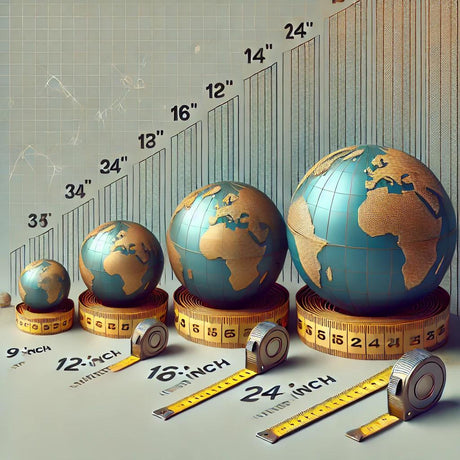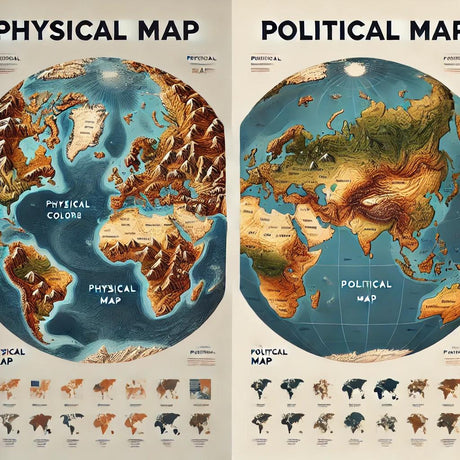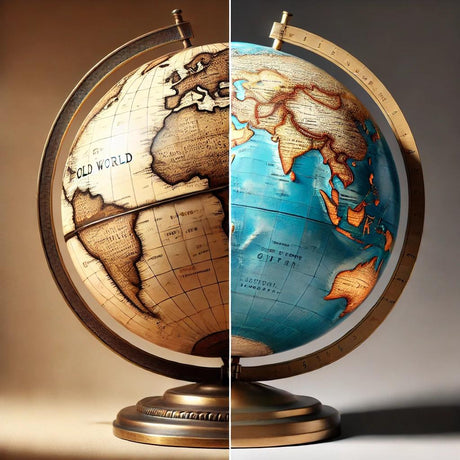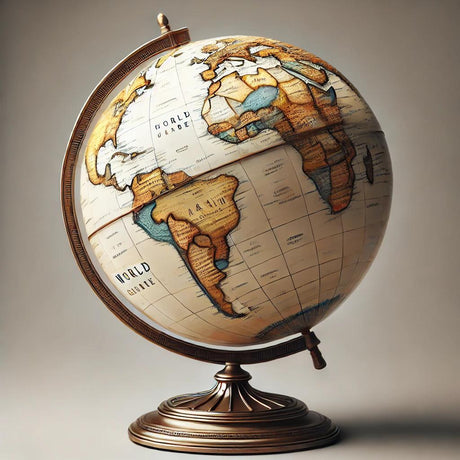
La circunnavegación, el acto de viajar alrededor del planeta, ha fascinado a exploradores y aventureros durante siglos. Un globo terráqueo es una herramienta invaluable para estudiar este increíble viaje. A continuación, le mostramos cómo puede utilizar un globo terráqueo para profundizar en el estudio de la circunnavegación de manera efectiva.
-
Visualización de rutas :
- Traza rutas históricas : utiliza el globo terráqueo para trazar las rutas tomadas por exploradores famosos como Fernando de Magallanes o Sir Francis Drake.
- Planificar rutas modernas : planificar y dibujar posibles rutas de circunnavegación modernas para comprender los desafíos y ventajas geográficas.
-
Entendiendo la geografía :
- Identificar continentes y océanos : localizar e identificar los continentes, océanos y principales cuerpos de agua cruzados durante la circunnavegación.
- Aprenda sobre accidentes geográficos y límites : vea la disposición física de la Tierra, incluidas montañas, ríos y límites políticos.
-
Análisis de zonas horarias y distancias :
- Cálculo de zona horaria : aprenda cómo el cruce de diferentes zonas horarias afecta el tiempo de viaje y los horarios.
- Medición de distancias : Mida las distancias aproximadas entre varios puntos en la ruta de circunnavegación utilizando la escala del globo.
-
Patrones climáticos y meteorológicos :
- Zonas climáticas : Identifique diferentes zonas climáticas para comprender las condiciones meteorológicas encontradas durante la circunnavegación.
- Cambios estacionales : aprenda sobre los cambios estacionales en los diferentes hemisferios y su impacto en los viajes.
-
Estudios culturales y políticos :
- Países y culturas : localiza diferentes países en el mundo e investiga las culturas, idiomas y costumbres que encuentran.
- Límites políticos : comprender los límites políticos actuales para apreciar las complejidades de los viajes internacionales.
-
Habilidades de navegación :
- Uso de latitud y longitud : practique el uso de latitud y longitud para trazar puntos y navegar rutas de circunnavegación.
- Rutas de gran círculo : explora el concepto de rutas de gran círculo, el camino más corto entre dos puntos del mundo.
Al incorporar un globo terráqueo al estudio de la circunnavegación, los estudiantes adquieren una comprensión integral de los aspectos logísticos, geográficos y culturales de los viajes alrededor del mundo. Este enfoque práctico hace que el aprendizaje sea interactivo y atractivo, fomentando una apreciación más profunda de la exploración global.
Encuentre hoy un globo terráqueo para ayudarle en sus estudios y comprensión de la circunnavegación en Ultimate Globes .




